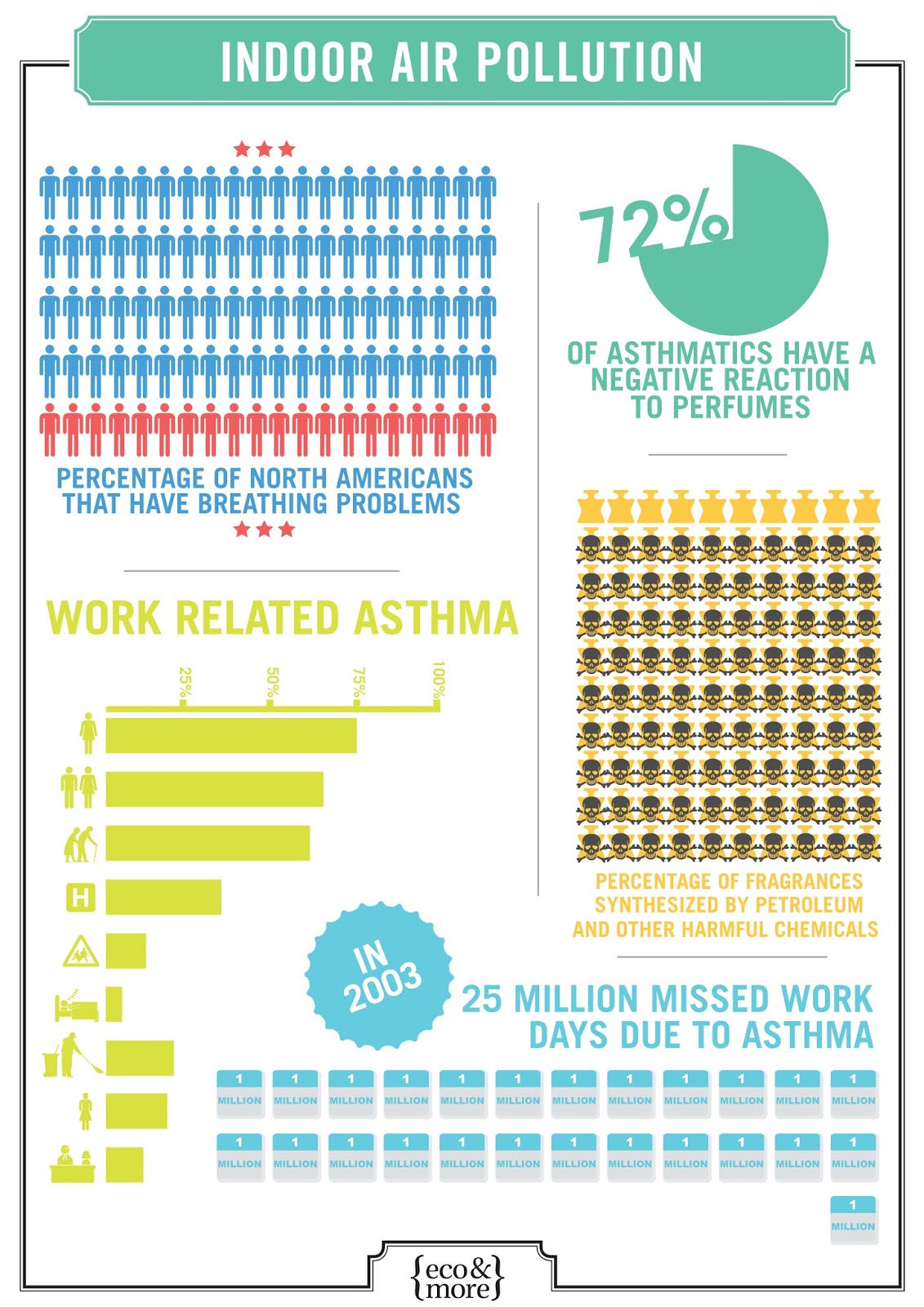The Future Of Home Home Heating - Just How Heatpump Innovation Is Advancing
The Future Of Home Home Heating - Just How Heatpump Innovation Is Advancing
Blog Article
Content By-Dugan Byrne
Heatpump will certainly be a vital technology for decarbonising heating. In a scenario constant with federal governments' revealed energy and climate commitments, their global ability doubles by 2030, while their share in home heating rises to one-quarter.
They work best in well-insulated homes and rely upon electrical energy, which can be supplied from a renewable power grid. find more information are making them a lot more effective, smarter and less expensive.
Gas Cells
Heatpump use a compressor, refrigerant, coils and followers to relocate the air and warmth in homes and home appliances. They can be powered by solar energy or power from the grid. They have been getting popularity because of their low cost, quiet operation and the ability to generate electricity throughout peak power demand.
discover this , like IdaTech and BG MicroGen, are working with gas cells for home heating. These microgenerators can change a gas boiler and create some of a residence's electric needs with a connection to the power grid for the rest.
However there are reasons to be doubtful of using hydrogen for home heating, Rosenow claims. It would be pricey and ineffective compared to various other technologies, and it would add to carbon exhausts.
Smart and Connected Technologies
Smart home technology allows property owners to link and regulate their devices from another location with the use of smartphone apps. For example, clever thermostats can discover your heating preferences and instantly adjust to enhance energy consumption. Smart lights systems can be regulated with voice commands and immediately switch off lights when you leave the room, lowering energy waste. And smart plugs can monitor and manage your electrical use, enabling you to recognize and limit energy-hungry home appliances.
The tech-savvy house portrayed in Carina's meeting is a good illustration of how occupants reconfigure space home heating methods in the light of new clever home technologies. They rely upon the devices' automatic attributes to carry out daily changes and concern them as a convenient means of performing their home heating techniques. As such, they see no factor to adjust their methods additionally in order to allow versatility in their home power need, and interventions focusing on doing so may face resistance from these households.
Electrical power
Since warming homes represent 13% people exhausts, a switch to cleaner alternatives could make a huge distinction. Yet the technology faces difficulties: It's pricey and calls for considerable home restorations. And it's not always suitable with renewable resource sources, such as solar and wind.
Until just recently, electrical heat pumps were also expensive to compete with gas models in most markets. Yet new technologies in design and products are making them more budget-friendly. And better cold environment performance is allowing them to work well also in subzero temperature levels.
The following step in decarbonising home heating might be the use of warmth networks, which attract heat from a central resource, such as a nearby river or sea inlet, and distribute it to a network of homes or buildings. That would minimize carbon exhausts and permit families to make use of renewable energy, such as environment-friendly electrical energy from a grid supplied by renewables. This alternative would certainly be much less pricey than switching to hydrogen, a nonrenewable fuel source that calls for new framework and would only minimize carbon dioxide exhausts by 5 percent if paired with boosted home insulation.
Renewable Energy
As electrical power prices drop, we're starting to see the very same trend in home heating that has actually driven electric autos into the mainstream-- but at an also faster pace. The strong environment situation for impressive homes has been pressed further by new research study.
Renewables make up a substantial share of modern warm usage, but have been given limited policy focus worldwide compared to various other end-use markets-- and even much less focus than electrical power has. In part, this shows a mix of consumer inertia, divided incentives and, in many countries, aids for fossil fuels.
New innovations can make the shift simpler. For instance, heatpump can be made more power efficient by replacing old R-22 cooling agents with brand-new ones that don't have the high GWPs of their precursors. Some specialists additionally picture area systems that draw warmth from a neighboring river or sea inlet, like a Norwegian arm. The warm water can after that be used for cooling and heating in a community.